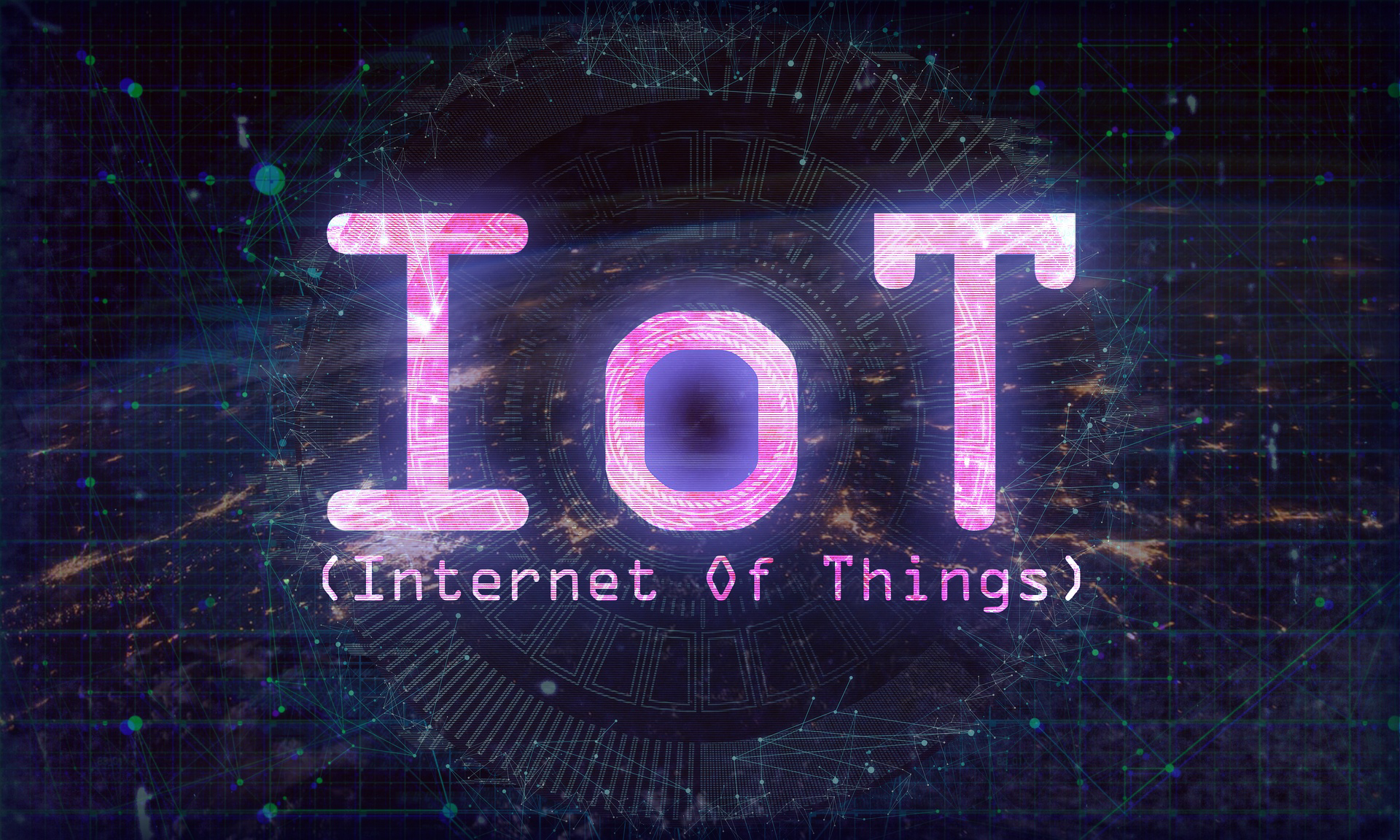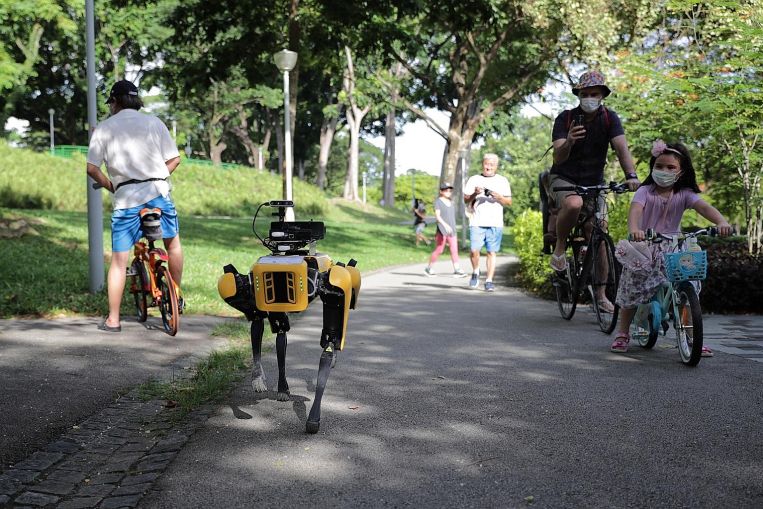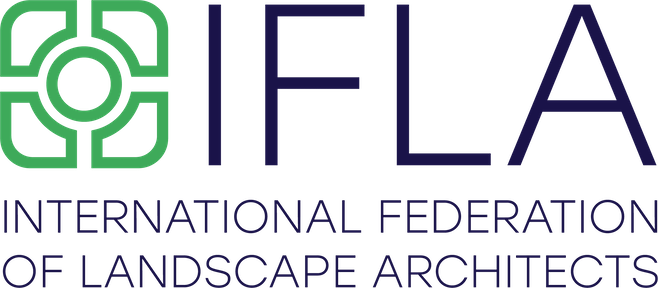IoT in Smart City Infrastructure
The days of immaterial cyberspace are long past. The future of an interconnected and responsive urban landscape is coming at us corona-speed.

The Internet of Things or IoT is a term we often hear thrown around these days. While it may sound elusive, IoT is simply stated, a network of devices connected to the internet that receives and transmits data. It was first named as a concept in 1999 and by 2013, has evolved into a multi-technology system that includes the automation of buildings, GPS, wireless sensor networks and control systems. Some examples relevant to landscape architecture includes wireless sensors for in-ground data (SPIIO), thermal traffic detectors, multi-functional smart lampposts equipped with analytic systems and 5G mobile network, and robot dogs (Boston Dynamics).

The IoT provides infinite opportunities to interconnect devices and has been largely viewed as a pervasive feature that empower our daily tasks and choices. And because we do not yet fully understand the impact of these interconnections, the IoT presents both opportunities and concerns pertaining to privacy and security. Still, more attention is paid to its potential and for the longest time, it seemed that these inspiring visions of the future did not transcribe into reality as fast as we wish they could.
But with COVID-19 forever transforming the urban landscape, the rise of demand for data-driven and contactless solutions has brought this reality much closer to us. The Open Data concept was never more immediately embraced by governments all over the world. Data and AI governance built into systems and products enabled them to better manage the crisis and disseminate timely and accurate information during the COVID-19 outbreak. This accelerated migration of data from the cyberspace to reality is intrinsic to the Smart City concept. The function of IoT varies from organising transportation networks, improving energy distribution, reducing waste collection and surveying dengue hotspots through the use of drones.
Likewise, streams of data can help us make more informed decisions about the design and management of public space and enable us to be more responsive to environments, and vice versa. Designers of the urban environment have to think about how to incorporate the IoT Smart City infrastructure and future-proof IoT projects, leading up to exciting and new ventures for the urban realm. Firms can also squeeze more business value from data assessment and results to give off a competitive edge and outperform their competitors.
With the IoT enabling Smart City initiatives worldwide, having more information and access in general is a wonderful luxury but the concept is also fragmented in its compatibility between competing platforms, and within the informal, non-homogenous character of cities. How will all these systems integrate together and what divisions will be created when equity should be at the heart of urban planning? In the last decade, there have been criticism about the Smart City framework where overhyped and generic entrepreneurial solutions have been pushed into the market without regard of diverse social groups and cultural urban dimensions.
Major players in the IoT space are said to recognise its limitations and insufficiencies, and are working together with academia and government to standardise a sustainable IoT ecosystem. Information and Communications Technology (ICT) corporations need to work in conjuncture with designers, developers, law-makers and urbanists to revisit legislations and regulatory changes to ensure a socially and technologically inclusive future.
The Internet of Things is a work in progress; an unfinished concept, but is unsurprisingly the talk of town amidst corona updates. Despite the many hurdles to ushering in the IoT in Smart City infrastructure, it seems the future of an interconnected and responsive urban landscape may be here before we know it and we have to stay on top of these changes, as it comes at us corona-speed. The days of immaterial cyberspace are long past. What is important here is to not lose sight of the possibilities in designing for re-materialising cybernetic spaces and re-urbanising cyberspaces (Maroš Krivý, 2016).
About the Author
 | Crystal Cheng graduated from the Technological and Higher Education Institute of Hong Kong with a Bachelors degree in Landscape Architecture. During her stay in Hong Kong, she was awarded the HKSAR Government Outstanding Performance Scholarship in 2019 and was actively involved in the Hong Kong Institute of Landscape Architects, where she served as Vice-Chair of its Young Landscape Architects' Group and represented the institute on multiple occasions. She is currently one of the pioneer leaders of IFLAAPR's Young Landscape Architects' Alliance, and will be undertaking her Masters in Urban Design with the National University of Singapore this year. |

